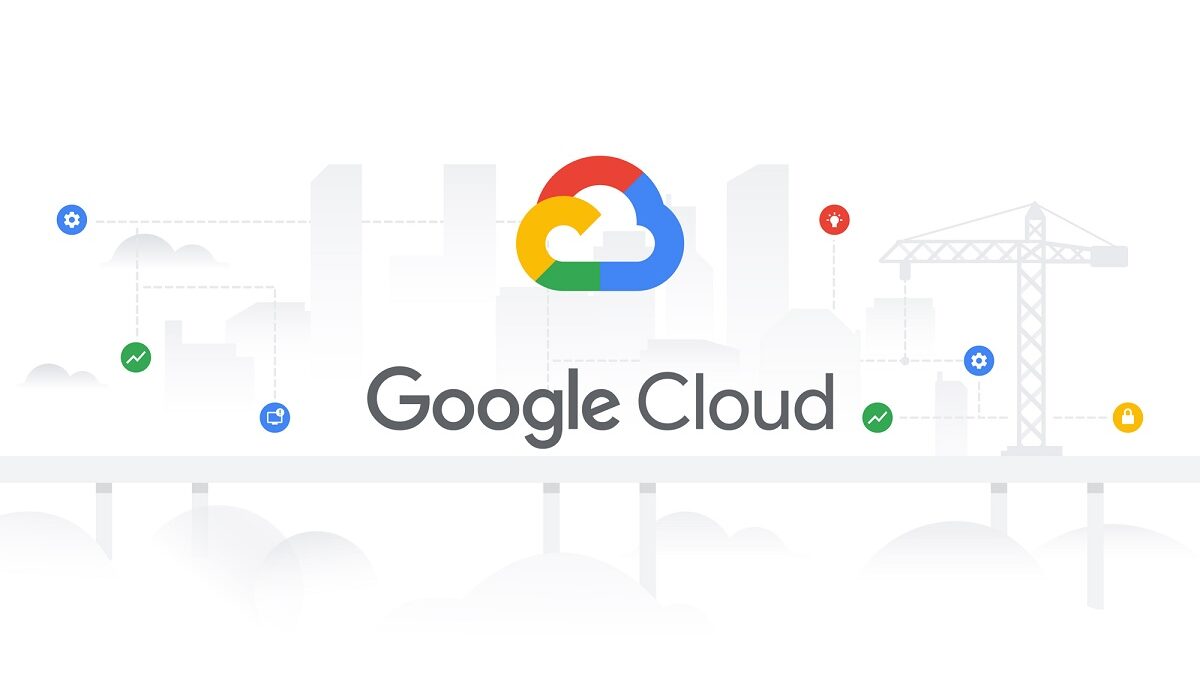Showing The Speed of Serverless Through Hackathon Solutions
Testing the theory that serverless platforms accelerate bringing new ideas to market, Google hosted the inaugural Google Cloud Easy as Pie Serverless Hackathon, backed by a $20,000 prize pool. The response was overwhelming: More than 1,500 developers from 70 countries signed up and submitted nearly 100 projects solving issues in health, education, gaming, data, finance, agriculture, and technology industries.
The developers they spoke with ranged from experienced programmers to relative novices. Many of them were using Google Cloud Platform for the first time, for others, the hackathon was an introduction to fully managed serverless products like Cloud Run, Cloud Functions, Eventarc, and Workflows. Advisors from product and engineering hosted introductory sessions and assisted participants with 1-1 mentoring sessions. Of the nearly 100 submissions, our panel of judges from product and engineering selected the top submissions as winners. Google are excited to share the top entries:
Combo (grand prize winner): Helps find COVID-19 vaccination availability based on location and vaccination status. This entry presents a virtual assistant chatbot to help find appointments. This project runs a periodic background search process leveraging Cloud Scheduler, Workflows, Eventarc triggers, running in Cloud Functions and Cloud Run. Users can then ask for available vaccination appointments by sending a message to a chat bot created with Dialogflow.
MLess at Scale: Machine Learning operations are complicated by many tools and stacks used during model development. This is particularly true when data scientists that develop prediction models are also tasked with deploying those models into production. This solution was built (in just 10 days!) to help companies quickly deploy ML models into production. This project uses BigQuery ML to create and train a model, then exports it to Google Cloud Storage, and finally deploying it to Cloud Run using Cloud Build.
Venture Capitol: Listing a German startup in the public market can be overwhelming. This entry helps German founders easily navigate the complex, multi-step process. This project leverages Cloud Run, Firebase Auth, Cloud Storage, and Cloud Load Balancer to quickly build and deploy multiple services without having to worry about security patches, infrastructure uptime, resource constraints or server management. Our judges found the use of staging environments and dev processes very interesting.
CloudPress: It is challenging to self-host WordPress at the speed of cloud without breaking the bank. This entry demonstrates how to run WordPress on Cloud Run. This project is a great use-case where developers with elastic load that may often scale to zero can realize great benefits from Cloud Run.
Dank League of Memeing Battlegrounds: A game to free you from boredom. This solution integrates Scheduler, Workflows, Eventarc, Cloud Functions, and Cloud Run. The game uses Cloud Functions to make sure referenced images are still available on the internet and regularly optimizes usage of storage for intermediate training images, and Cloud Run to host the web app. This participant wanted to gain experience with GCP serverless, and they got an A+ from our judges for execution.
Tamil Aadal தமிழாடல்: A game which teaches Tamil words to kids (and adults). With the spiky nature of traffic in gaming, the makers of this game took full advantage of the elasticity offered by Cloud Run to auto-scale very quickly. With maximum and minimum instances, developers with sharp spikes on traffic can save money by balancing performance and limits with the number of instances an application may use.
Serverless technologies help foster a modern low-ops vision, opening up opportunities to developers who don’t need complex infrastructure knowledge. Developing with serverless approaches therefore enables developers to focus on building ideas instead of setting up and managing servers. But, as Kelsey Hightower concluded on Twitter last month, there is still a learning curve in understanding the compute, orchestration, database, and storage systems that are available. Google are excited to show through these entries how that curve has demonstrated to be shallower and shorter for their participants, empowering more developers to bring new ideas to market quickly. Get started by trying one of Google’s Cloud Functions, Cloud Run, BigQuery, or Workflows Qwiklabs today.

